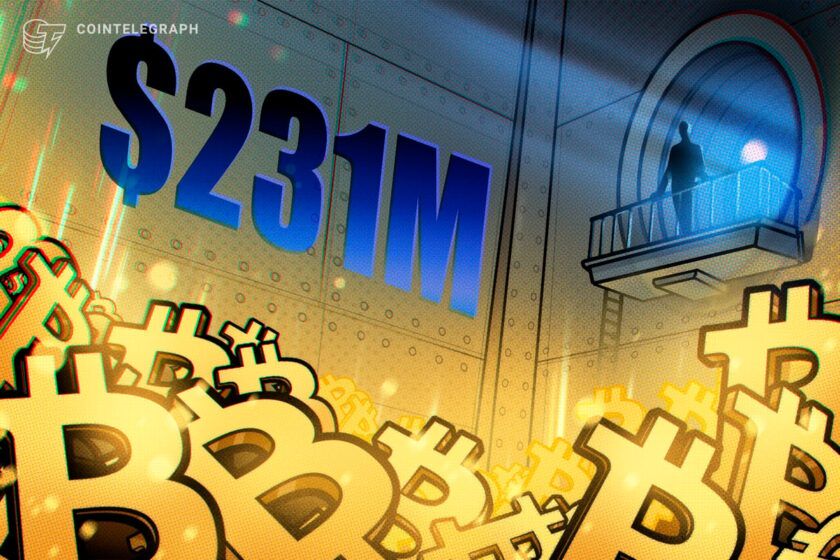Gold hit a new all-time high of over $4,200 per ounce on Wednesday, driven by demand from retail consumers buying physical gold and central banks accumulating the precious metal as a hedge against currency inflation.
Reports of end consumers seeking exposure to gold have surfaced as more people look for alternative stores of value amid global macroeconomic uncertainty. On Thursday, a queue of customers waiting to enter the ABC Bullion precious metals shop in Sydney, Australia, was reported by local outlet Nightly News.
Several individuals in the queue, stretched to nearly 200 feet around lunchtime, cited macroeconomic uncertainty, the declining value of the US dollar and distrust of financial institutions as reasons to hold physical gold.
Gold’s price has risen by about 61% year-to-date, data from Yahoo Finance shows.
In August, gold overtook US Treasurys as a percentage of central bank reserves for the first time since 1996, and now makes up over 25% of worldwide central bank reserves, according to economist Mohamed El-Erian.
The trend has underscored a broader move toward perceived safe-haven assets. As market analysts at The Kobeissi Letter wrote:
“Gold, Silver, and Bitcoin are now all in the top 10 largest assets in the world. These are all typically viewed as safe-haven assets that rise when stocks fall.”
Kobeissi Letter noted that the US dollar is on track for its worst year since 1973, as Bitcoin (BTC) and gold form all-time highs. Currency debasement and declining trust in traditional institutions are usually positive catalysts for bearer, store-of-value, and hard money assets.
Related: Bitcoin-gold correlation increases as BTC follows gold’s path to store of value
Analysts continue to debate Bitcoin’s role as a store-of-value
BTC, a supply-capped and censorship-resistant money, mirrors gold’s store-of-value properties, but continues to trade at high volatility due to its relatively low market cap of about $2.2 trillion compared to gold’s market cap of about $2.9 trillion.
A lower market cap means the price of an asset can rise or fall dramatically because there is not enough liquidity to cushion large moves, whereas a higher market capitalization means the price is more resilient to volatility and sudden, sharp downturns.
The price of BTC is down approximately 8.8% in the wake of Friday’s historic market crash, which saw some altcoins lose over 95% of their value in 24 hours.
While some market analysts and investors saw this modest price decline relative to altcoins as a sign of strength, other analysts pointed to the price divergence between BTC and gold as evidence that BTC is not living up to its store-of-value narrative.
Economist and investor Peter Schiff, who is one of the most vocal critics of Bitcoin, said that Bitcoin’s recent price decline to current levels from its all-time high of over $125,000 amid gold’s rally to all-time highs shows the BTC bull market is over.
Magazine: Bitcoin is ‘funny internet money’ during a crisis: Tezos co-founder






